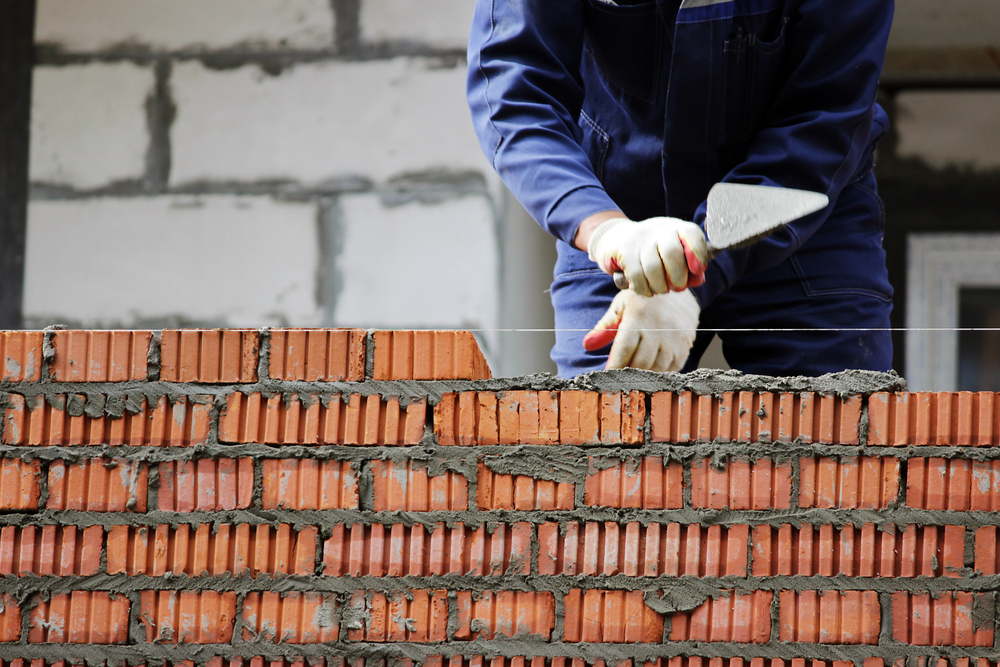
The latest S&P Global UK Construction PMI survey has signalled a setback for house building, with April data pointed to a moderate fall in residential building work, although the rate of decline was the steepest since January. Construction companies again noted sluggish market conditions and the impact of elevated borrowing costs.
In the construction sector generally, new business volumes increased for the third successive month in April, although the rate of expansion eased since March and was only modest. Those reporting higher new order intakes typically cited improved client confidence, particularly in the commercial segment.
S&P Global Market Intelligence economics director Tim Moore commented: “Lack lustre market conditions in the house building segment continued to weigh on activity. The latest survey pointed to the fastest reduction in residential building work since January, although the speed of the downturn remained much softer than in the second half of 2023.
Commenting on the latest data EY UK chief economist Peter Arnold said: “The April S&P Global survey reported strength in the commercial sector, after a lengthy period of falling activity, but much softer trends in housebuilding.
“However, the EY ITEM Club expects the outlook for housebuilders to turn around quickly. Experience suggests that housebuilding reacts to movements in housing transactions and prices with a lag. With increasing evidence that both activity and prices have passed their troughs, housebuilding should start to pick up soon.”
Beard Construction finance director Fraser Johns said: “Given our own experiences on the ground, it comes as no surprise to see commercial work helping to lead that charge in April. While refurbishment remains a core part of our activity in this sector, we continue to see an increasing number of clients pulling the trigger on new build projects.”
He added: “Although recent history has proven it can be dangerous to make predictions, the general consensus is one of positivity as we head further into the year. An improving economic picture certainly plays a big part in that, as does growing sentiment around the path of interest rates, which will help to relieve some of the pressures on borrowing costs. There are of course some unknowns – in particular, the potential for a change in government, which could bring changes to spending plans in the public sector and impact the likes of infrastructure new work for example.”



